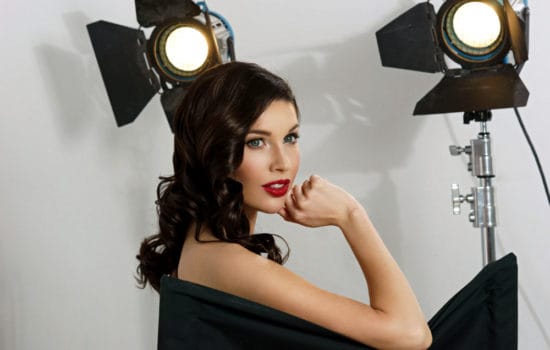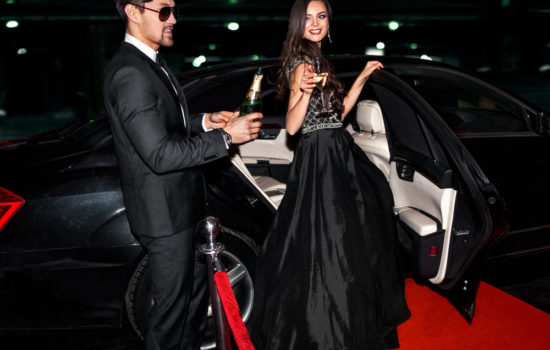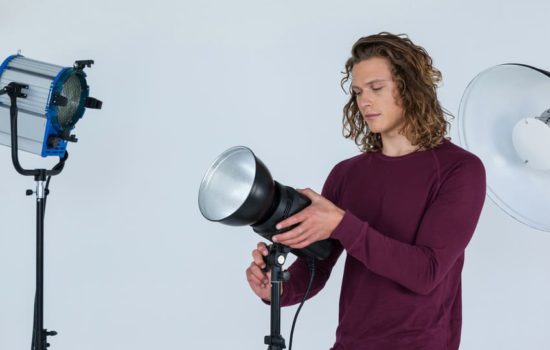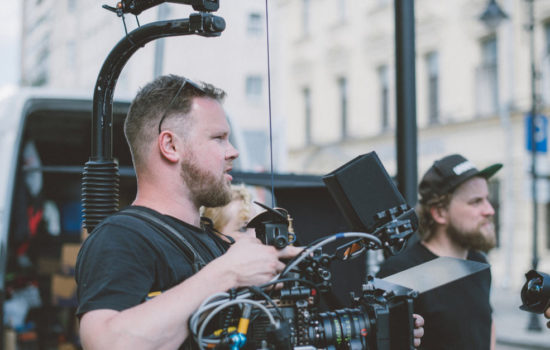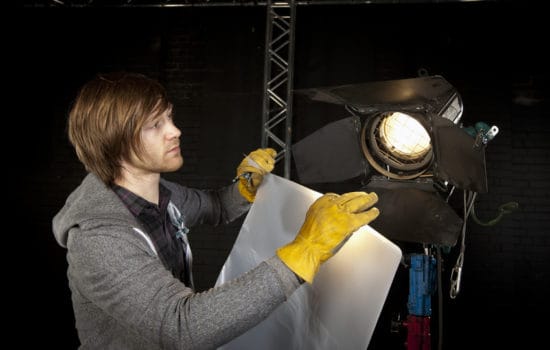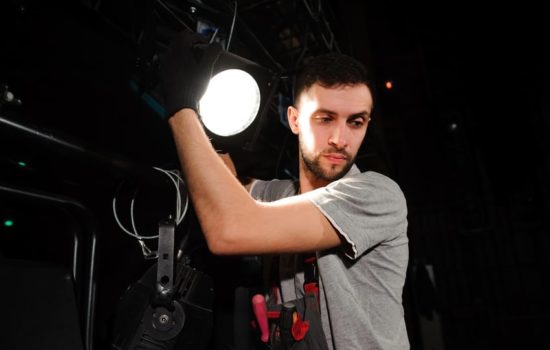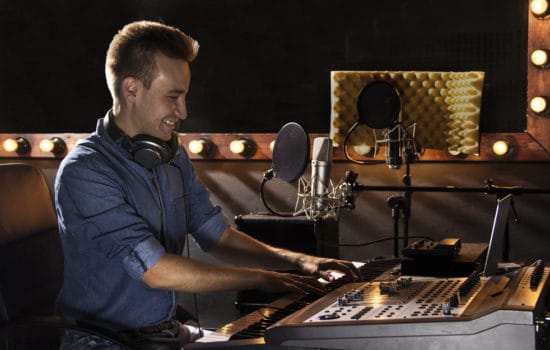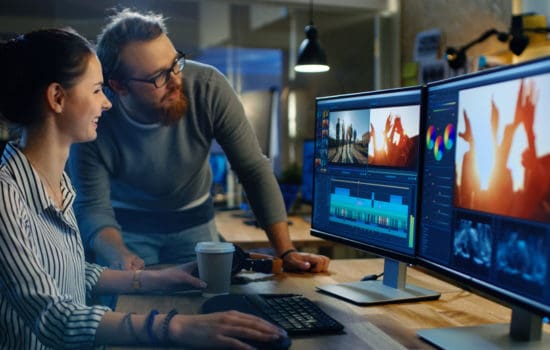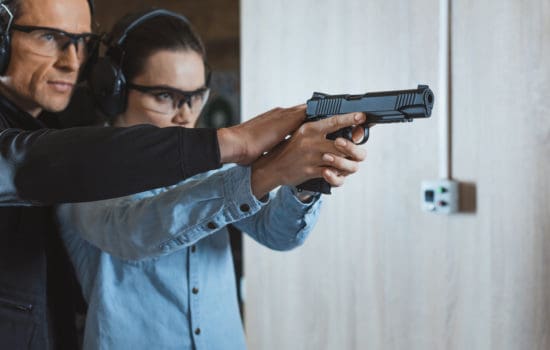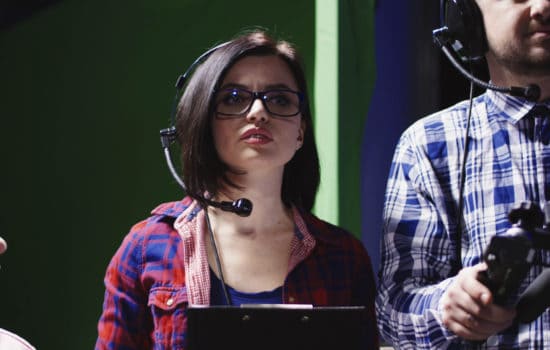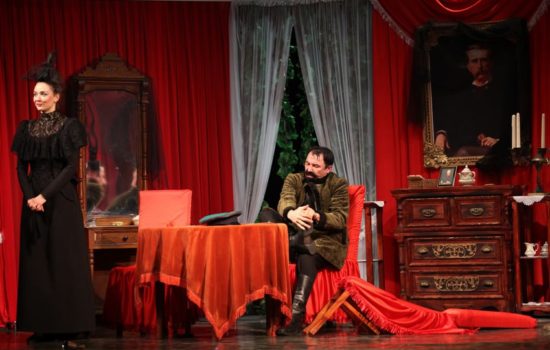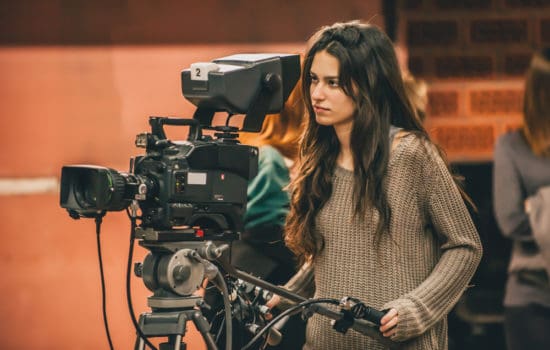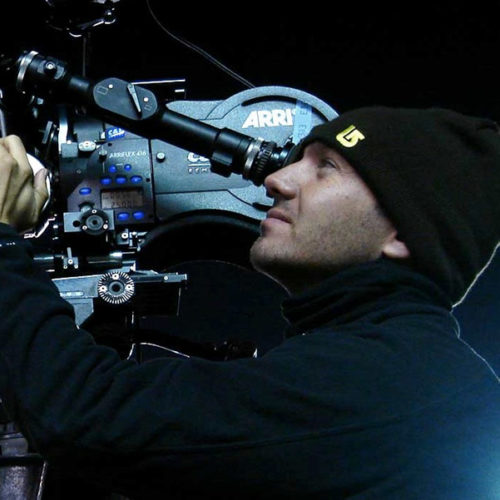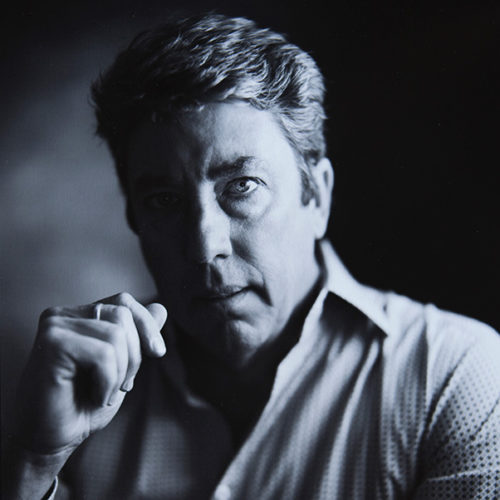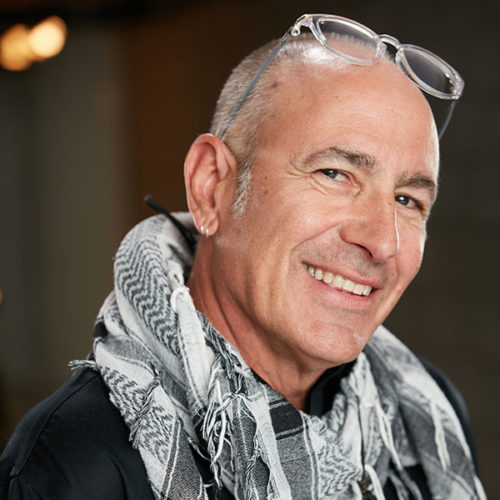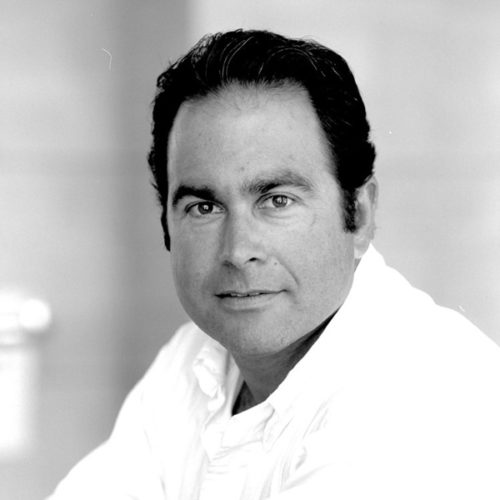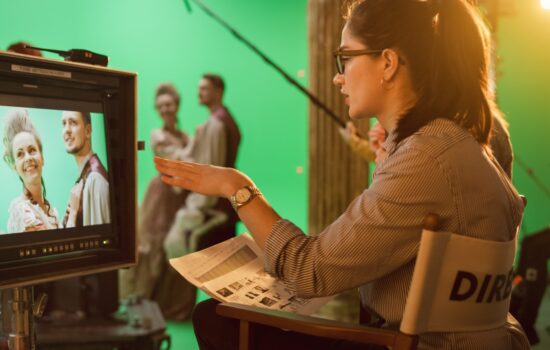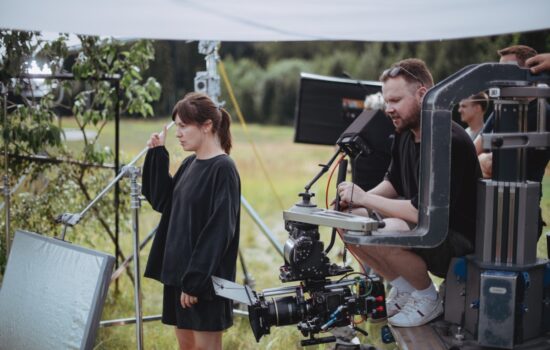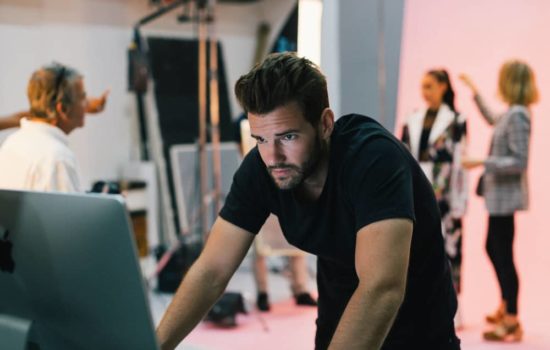For a comprehensive yet concise explanation of what great cinematography involves, look no further than to two-time Oscar winner and DP Roger Deakins on his approach to shooting movies.
What exactly is cinematography?
Cinematography is generally defined as “the art and technology of making motion pictures.”1 It involves multiple cinematic elements, such as scene composition, also known as mise-en-scène; choice of camera along with lenses, filters and stock if shooting on actual film; camera movement and camera angles; the lighting setup for each shot; and potentially the inclusion of special effects.
But another definition is that without cinematography, there is no motion picture. A Screenwriter might create the story and a Director may guide how the Actors perform, but it is the Cinematographer who permanently captures that story and the Actors in it.
However, cinematography is so much more than just recording what happens on location or a sound stage. It is a language that is not spoken but seen. Because beyond what the Actors do or say is how the audience watches it all unfold. At its core, cinematography is the visuals that support the story being told.
Not only do those visuals show the audience what is happening from scene to scene, but they also have the ability to influence their response to what they are seeing. How?
Through the many different elements that cinematography encompasses, including camera placement, camera movement, focus, lighting, composition, and equipment choices.
What is the difference between filmmaking and cinematography?
Filmmaking is very much a catch-all term for the major steps that go into the creation of a movie: development, pre-production, principal photography (also known as production), post-production, and distribution.
Similarly, the term filmmaker is about as broad as you can get when it comes to describing someone who helps in making a film. Is a Director a filmmaker? Yes. Is an Editor a filmmaker? Yes. Is a Cinematographer a filmmaker? Definitely.
Cinematography and the professionals who practice it comprise a vital, albeit very specific part of the filmmaking process. It’s the Cinematographer who generally is the lead figure in terms of how the movie will be shot and look. They collaborate closely with the Director to ensure that their vision is the one the Cinematographer captures on film.
Technical and stylistic choices such as type of cameras, lenses, and shots used are all within the realm of cinematography. In addition to their own Camera Department, the Cinematographer will also work with the Gaffing and Grip Departments to ensure that the lighting elements likewise are used to help realize the Director’s vision for the film.

